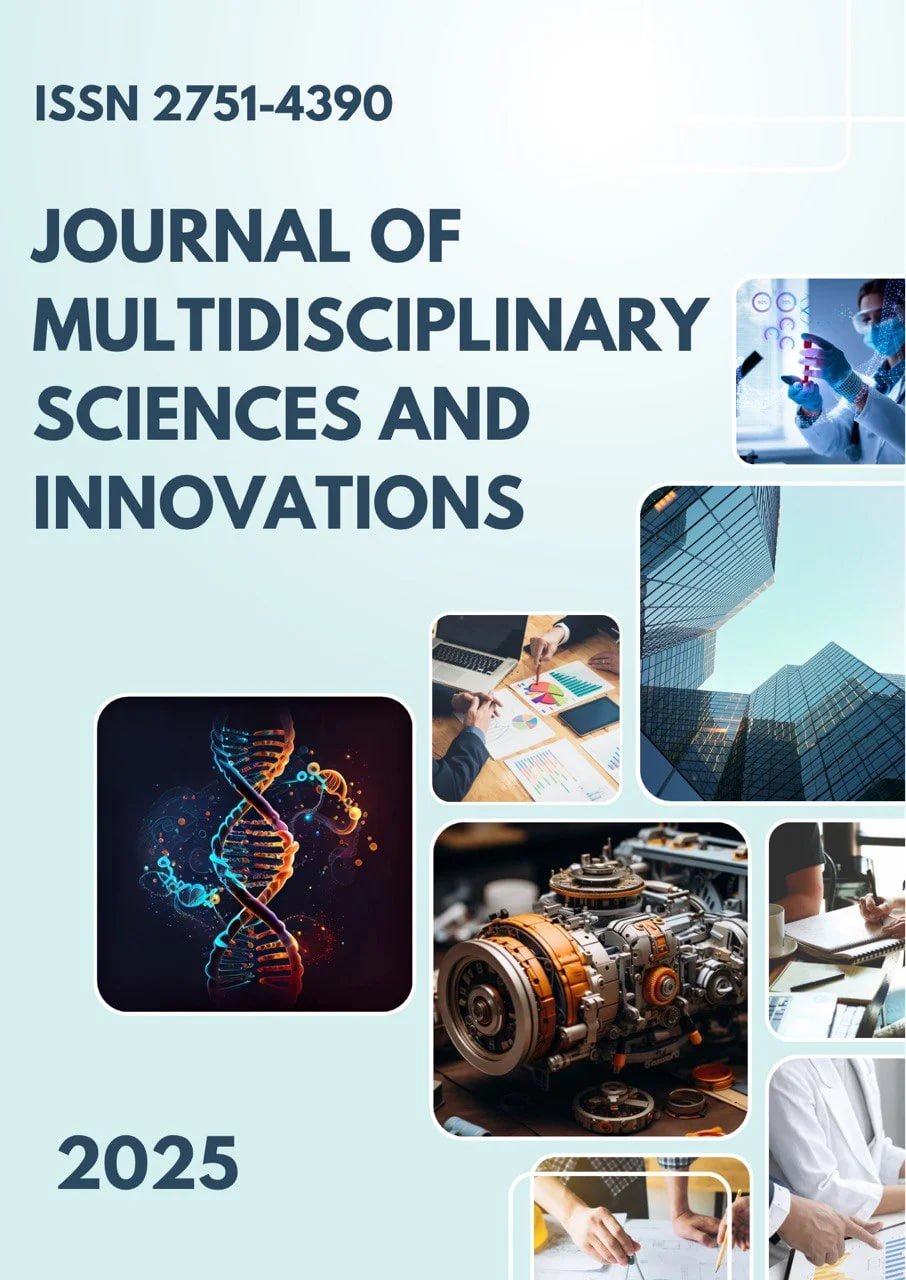PATHOPHYSIOLOGICAL AND CLINICAL ASPECTS OF LIVER CIRRHOSIS
Main Article Content
Abstract
Downloads
Article Details
Section

This work is licensed under a Creative Commons Attribution 4.0 International License.
Authors retain the copyright of their manuscripts, and all Open Access articles are disseminated under the terms of the Creative Commons Attribution License 4.0 (CC-BY), which licenses unrestricted use, distribution, and reproduction in any medium, provided that the original work is appropriately cited. The use of general descriptive names, trade names, trademarks, and so forth in this publication, even if not specifically identified, does not imply that these names are not protected by the relevant laws and regulations.
How to Cite
References
1.Schuppan, D., & Afdhal, N. H. (2021). Liver cirrhosis. Lancet, 371(9615), 838–851.
2.Tsochatzis, E. A., Bosch, J., & Burroughs, A. K. (2014). Liver cirrhosis. Lancet, 383(9930), 1749–1761.
3.D’Amico, G., Garcia-Tsao, G., & Pagliaro, L. (2006). Natural history and prognostic indicators of survival in cirrhosis. Journal of Hepatology, 44(1), 217–231.
4.Ginès, P., Krag, A., Abraldes, J. G., Solà, E., Fabrellas, N., & Kamath, P. S. (2021). Liver cirrhosis. Nature Reviews Disease Primers, 7(1), 16.
5.Jalan, R., & Williams, R. (2016). Acute-on-chronic liver failure: pathophysiological basis of therapeutic options. Blood Purification, 42(2), 99–108.

